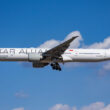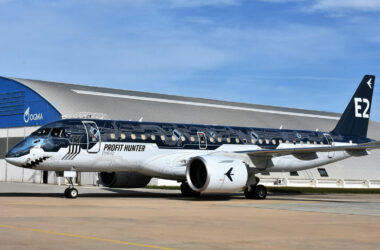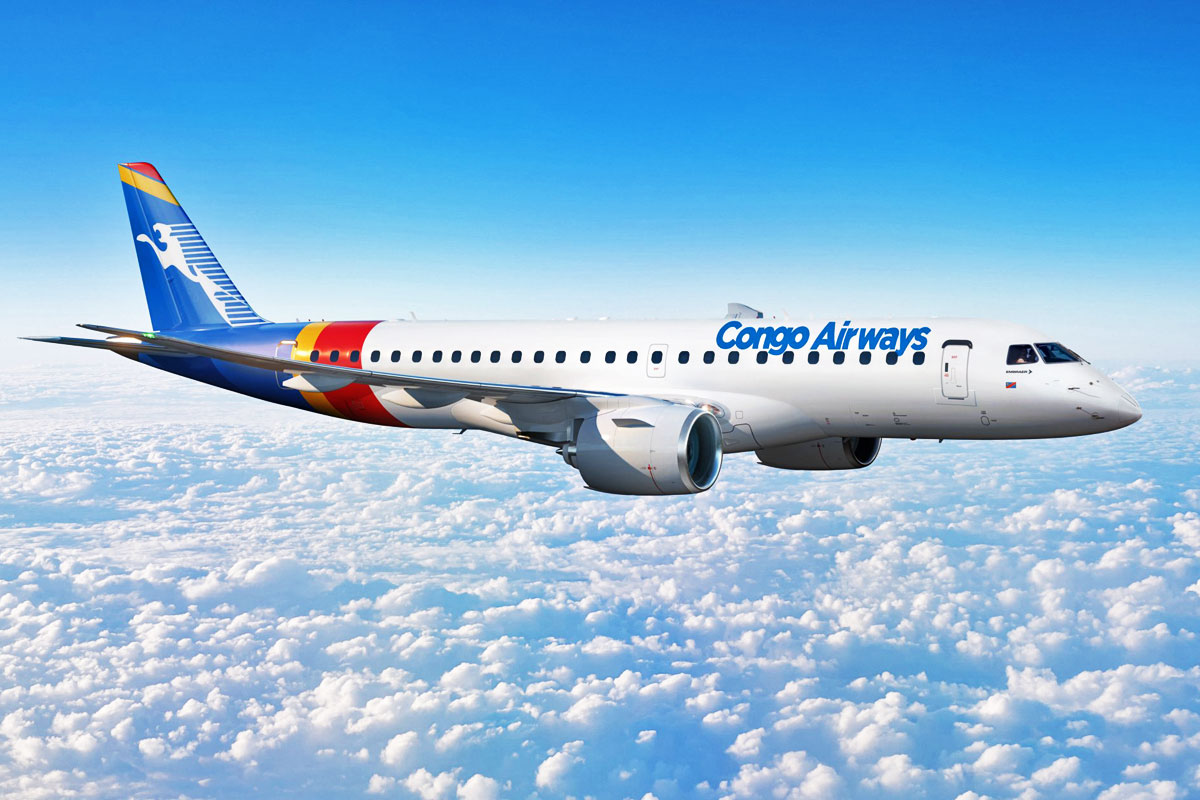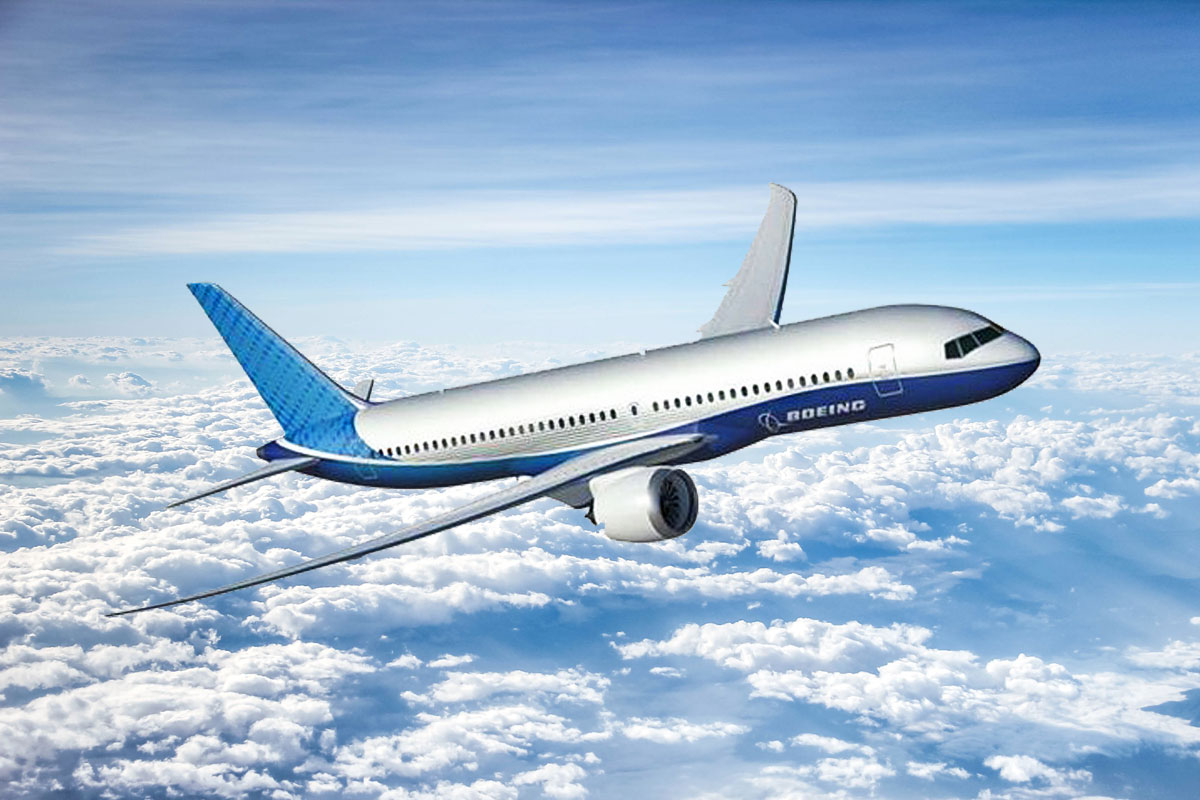Home to the F-5 Tiger II fighters of the Brazilian Air Force (FAB), the Canoas Air Base in the south of Brazil will take on the role of airport for the city of Porto Alegre from Monday, May 27th.
Salgado Filho Airport remains flooded for almost a month after being hit by strong storms and for this reason ANAC, the Brazilian civil aviation authority, authorized a small network of commercial flights from Canoas.
With a runway 2,800 meters long, the air base is 6 km north of the airport managed by Fraport, which will be responsible for operating emergency commercial passenger flights.
Follow Air Data News: WhatsApp | Google News | Instagram | LinkedIn | Twitter | Facebook

Due to the lack of infrastructure at the military base, the company will make use of a shopping mall 3 km away, where security and boarding procedures will be carried out before passengers travel by bus.
The small aircraft parking yard in Canoas, in addition to the lack of more appropriate navigation equipment, however, will limit flights from the air base.
The plan is, however, to minimize the absence of Salgado Filho Airport, which does not yet have a reopening date. At the site, the water level has dropped, but it continues to reach almost the entire area.

LATAM, Azul and Gol flights
As soon as ANAC authorized the start of emergency commercial operations, the three main Brazilian airlines announced their flight schedules.
LATAM, which holds 40% of the domestic market, stated that it will fly 12 times a week between Canoas, with a daily flight to São Paulo (Guarulhos) and weekly flights to Congonhas, also in the same city. The aircraft used will be the Airbus A320 with 176 seats.
Azul will begin two daily flights between the air base and Viracopos, its main hub. The route will be operated with the Embraer E195, with 118 seats, from June 1st.

Gol was the last to announce its emergency air network. There will be nine weekly flights, one of them daily and others on Wednesdays and Saturdays between Canoas and Guarulhos – the aircraft to be used is the Boeing 737, with 186 seats.
The three carriers also increased flights to cities in the region in order to expand alternatives for passengers.






